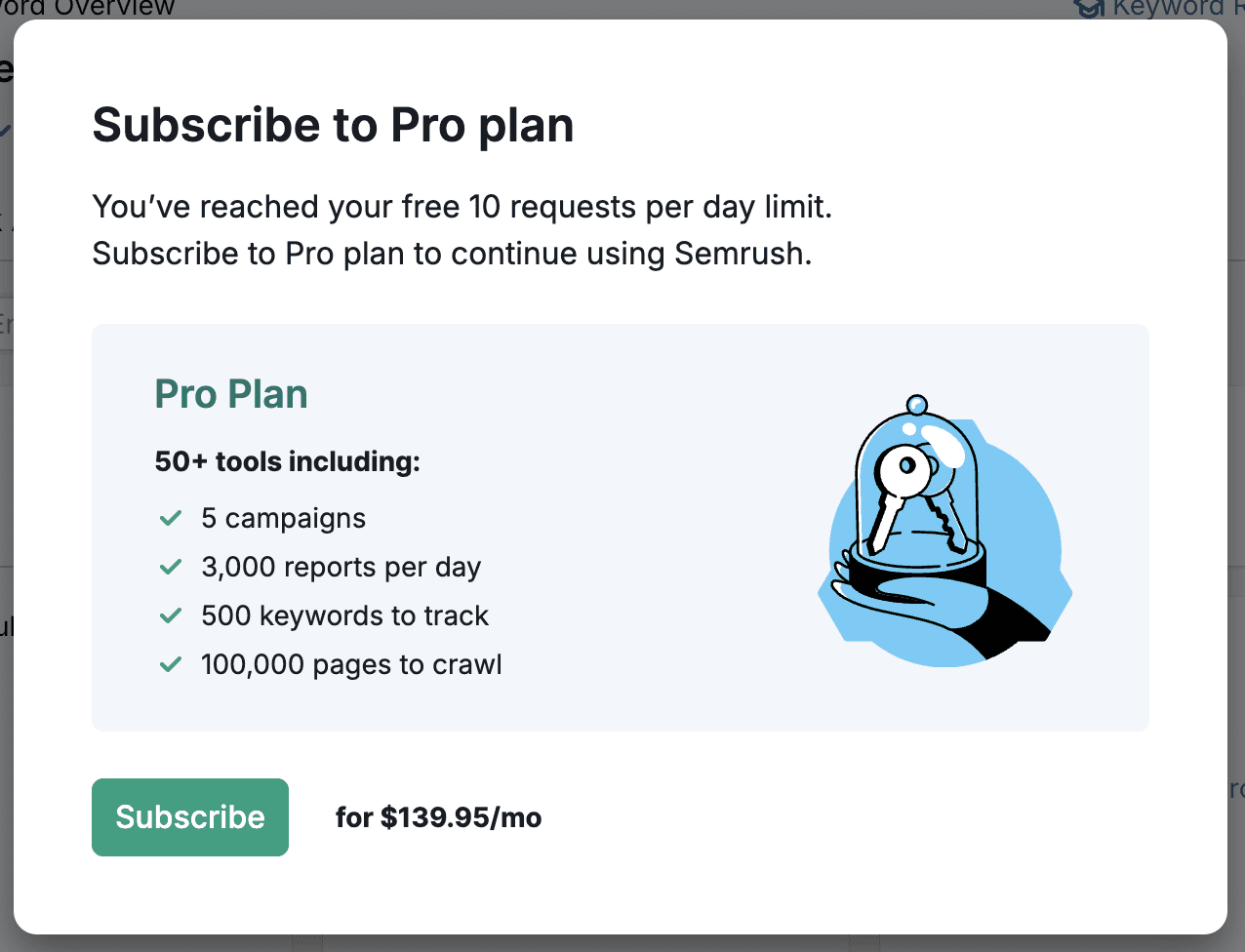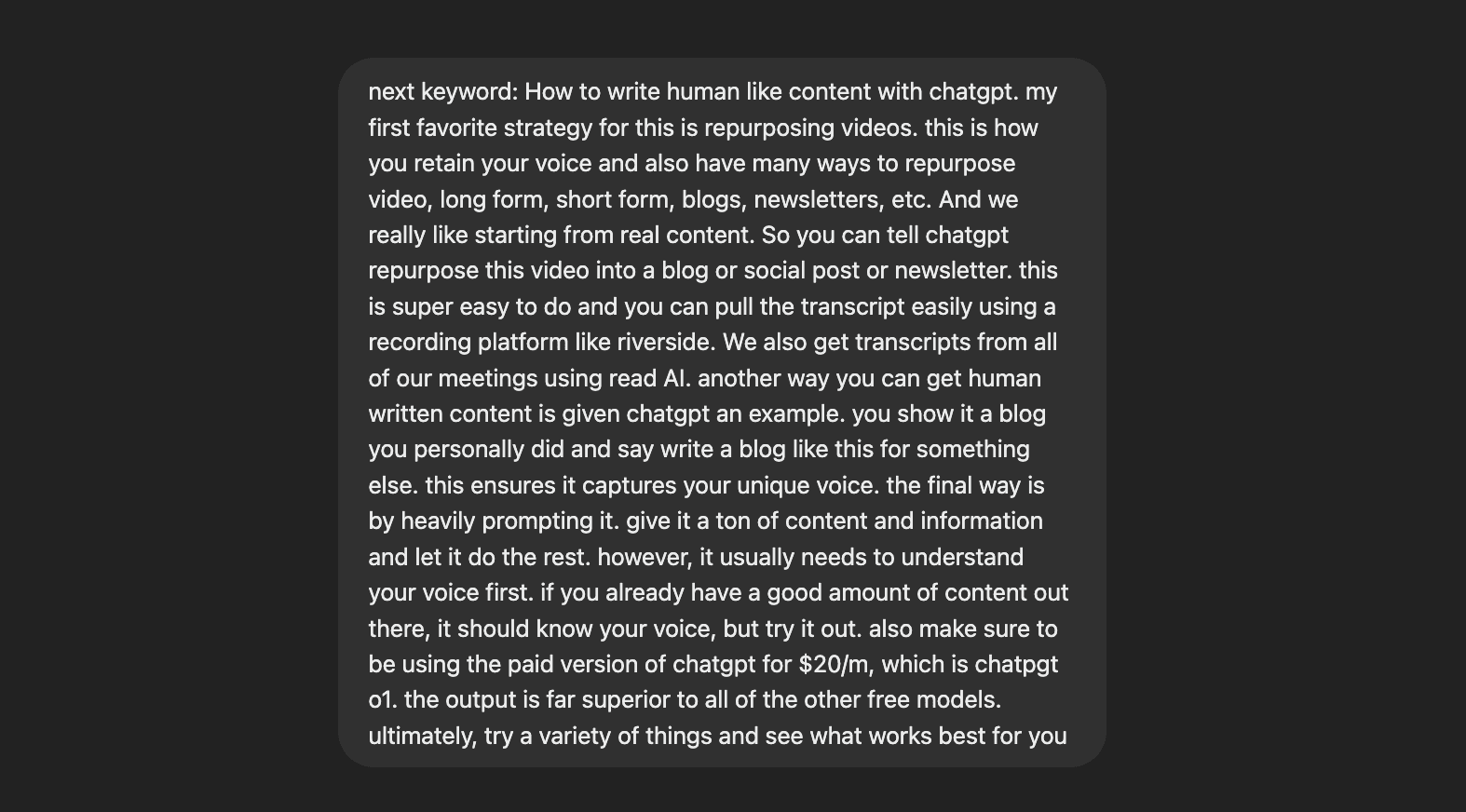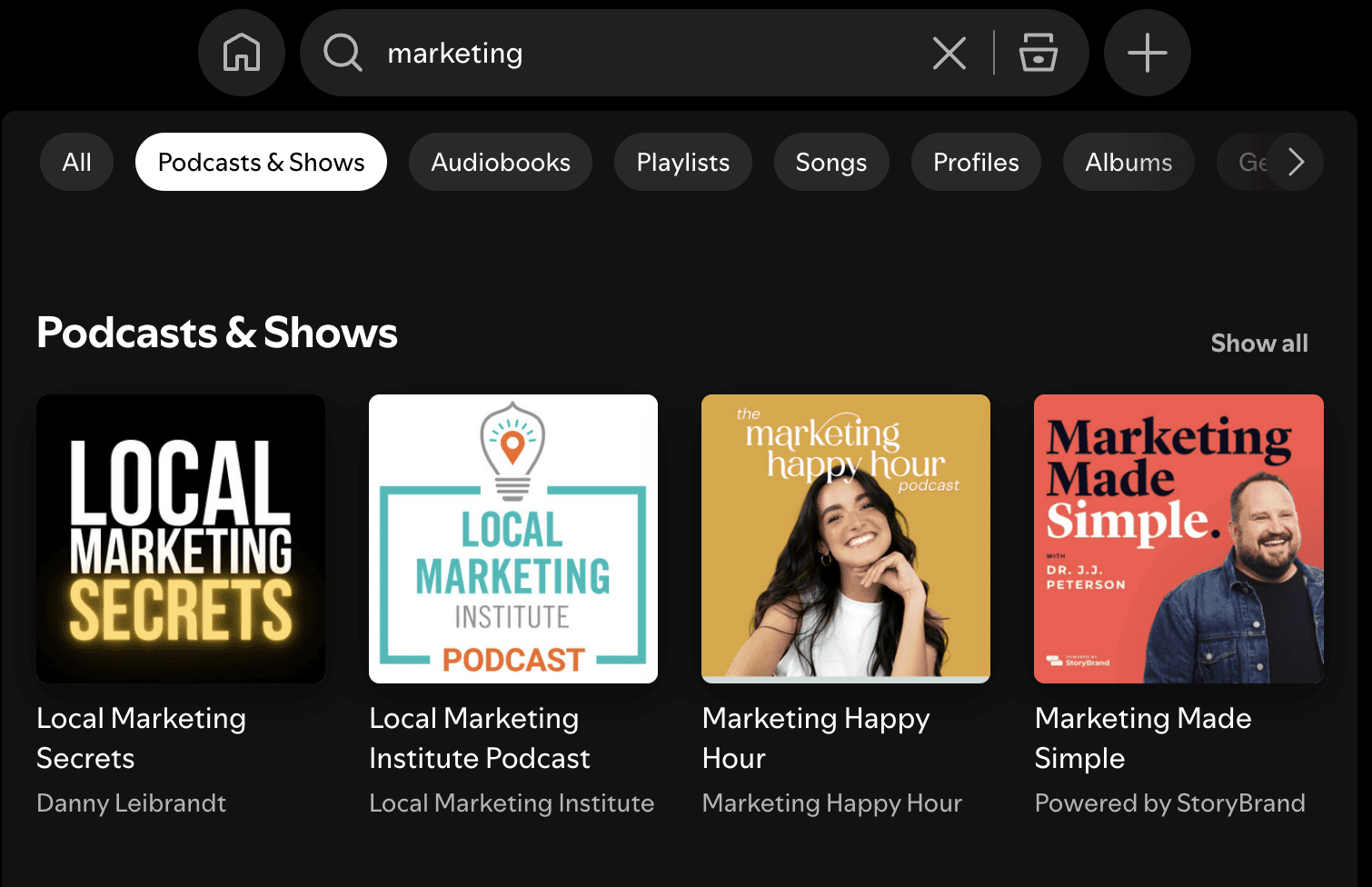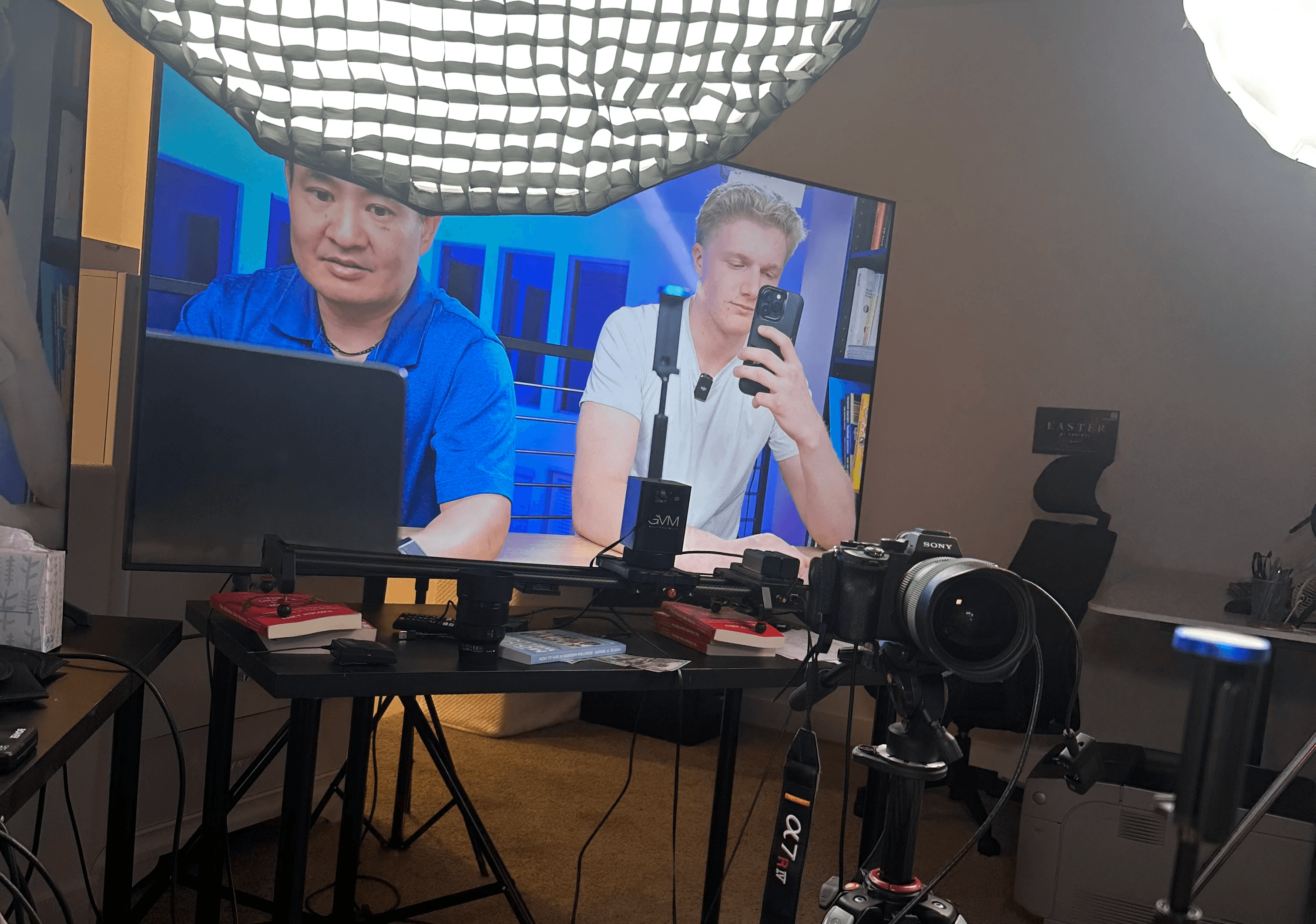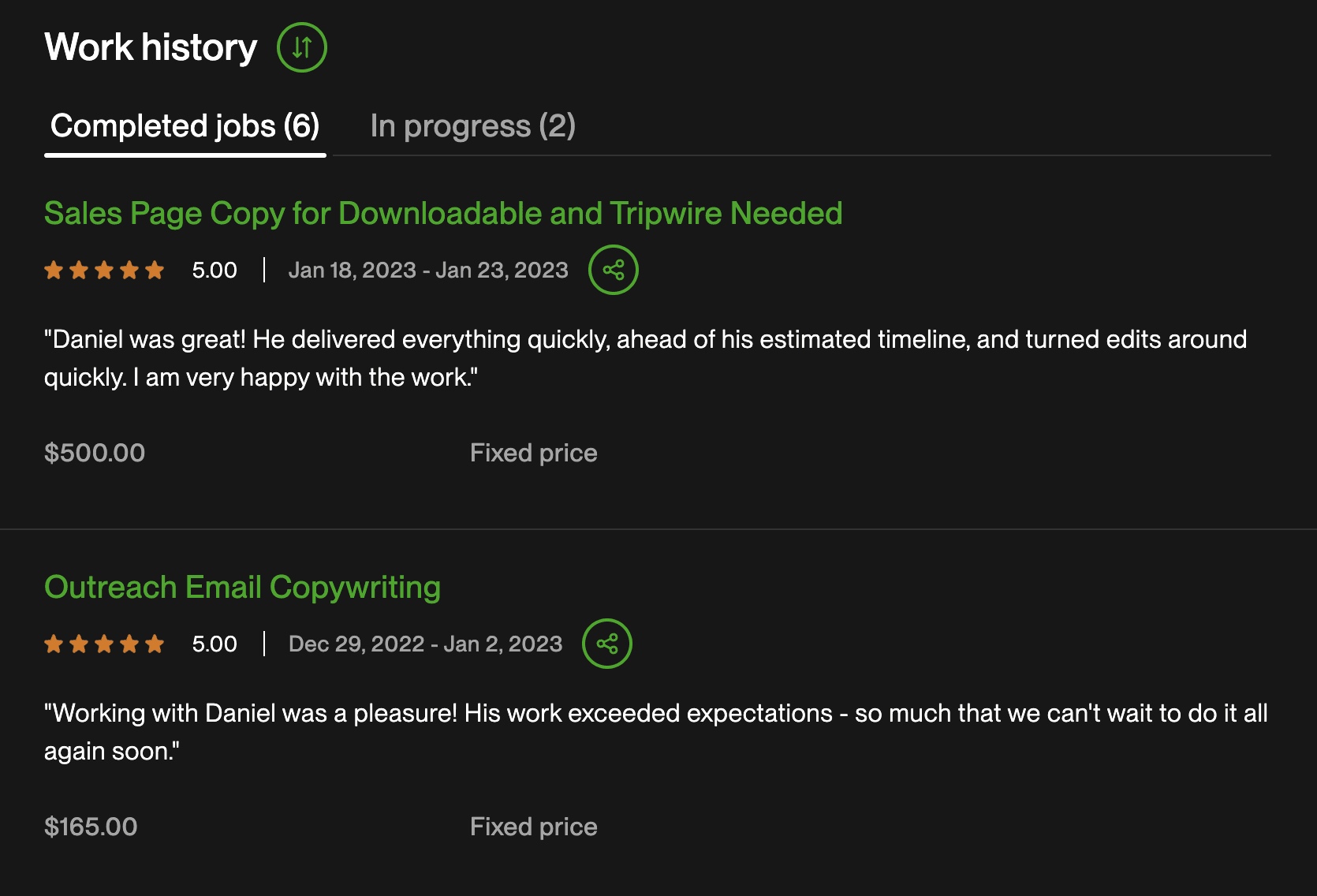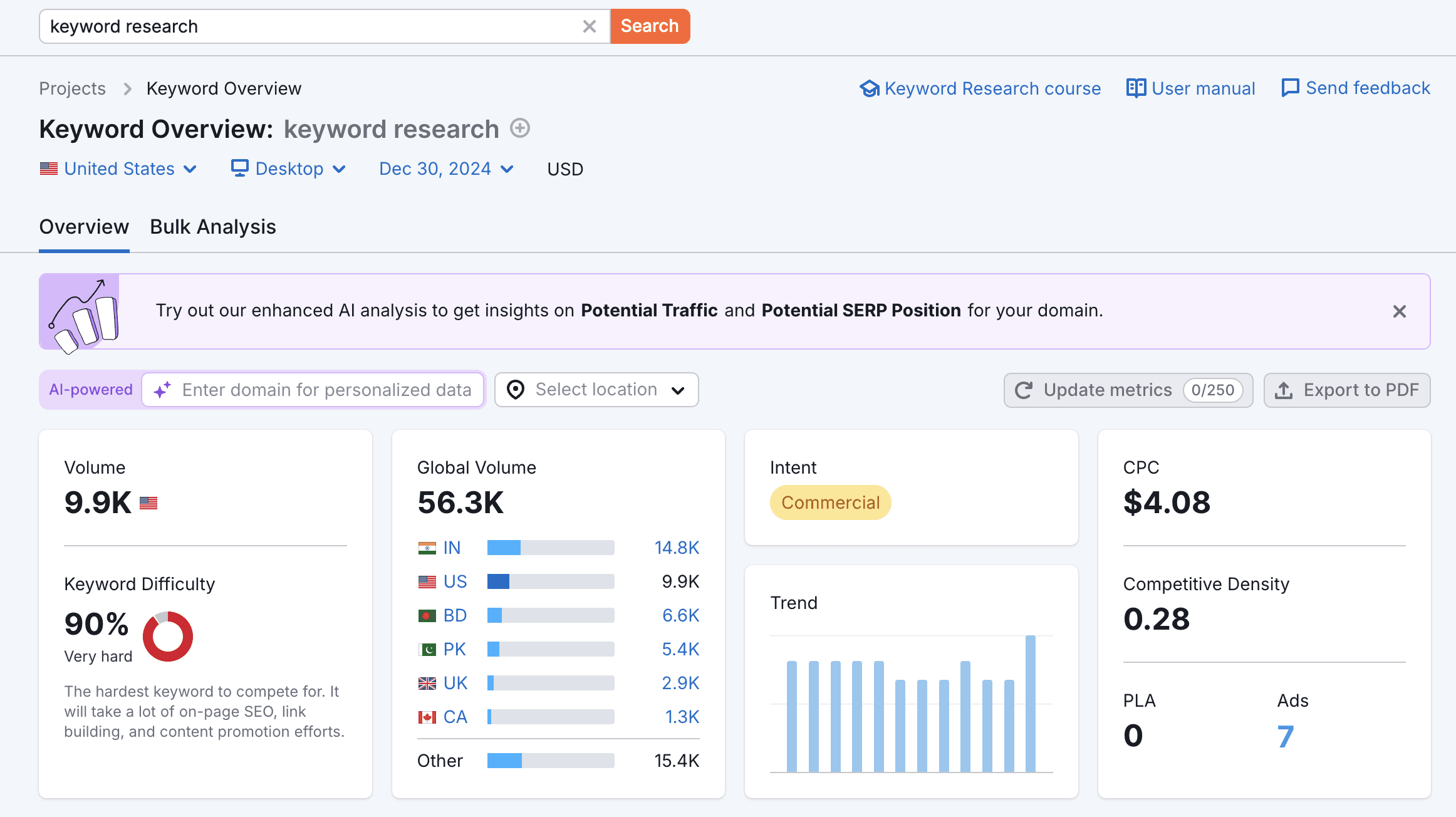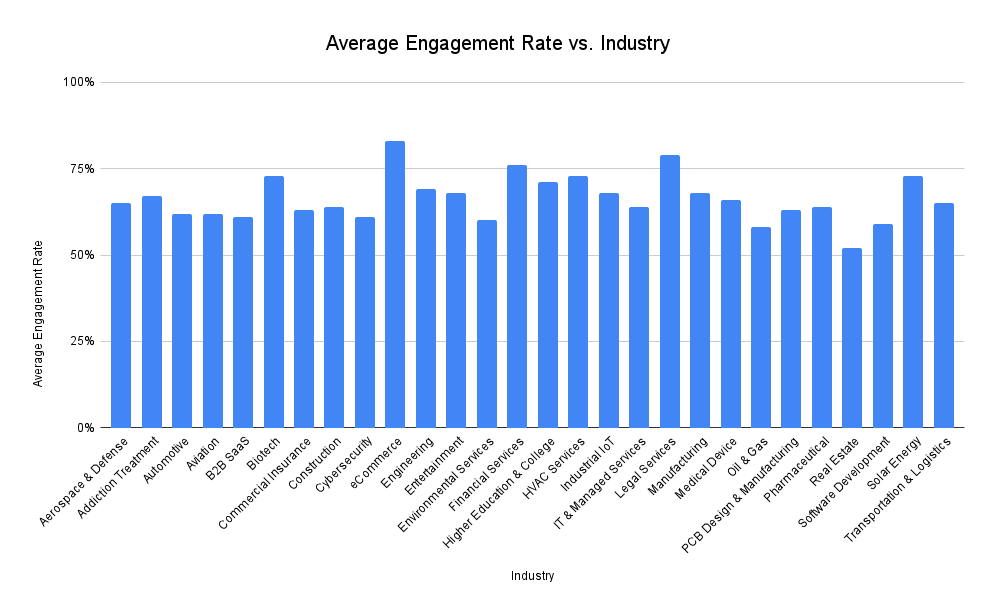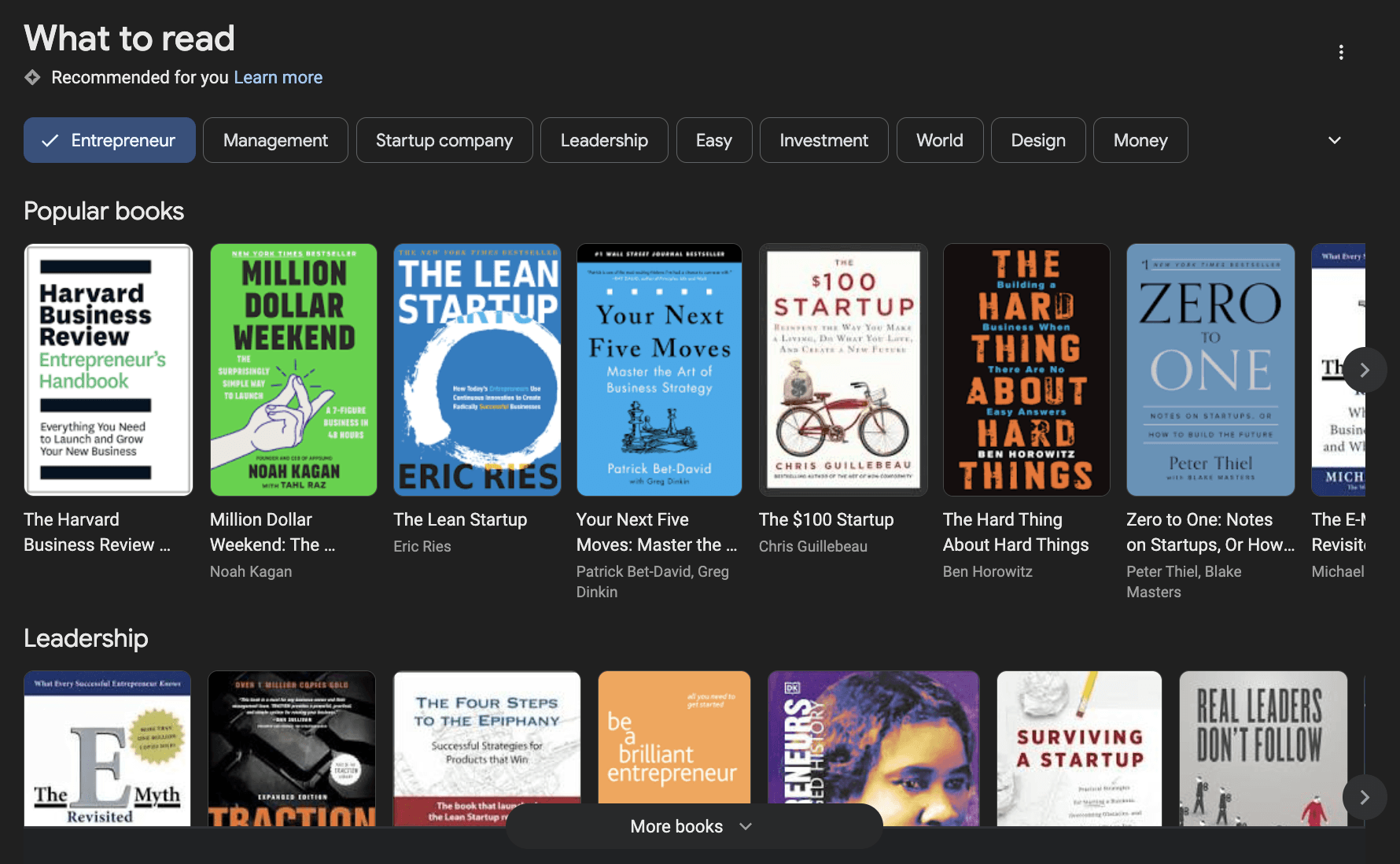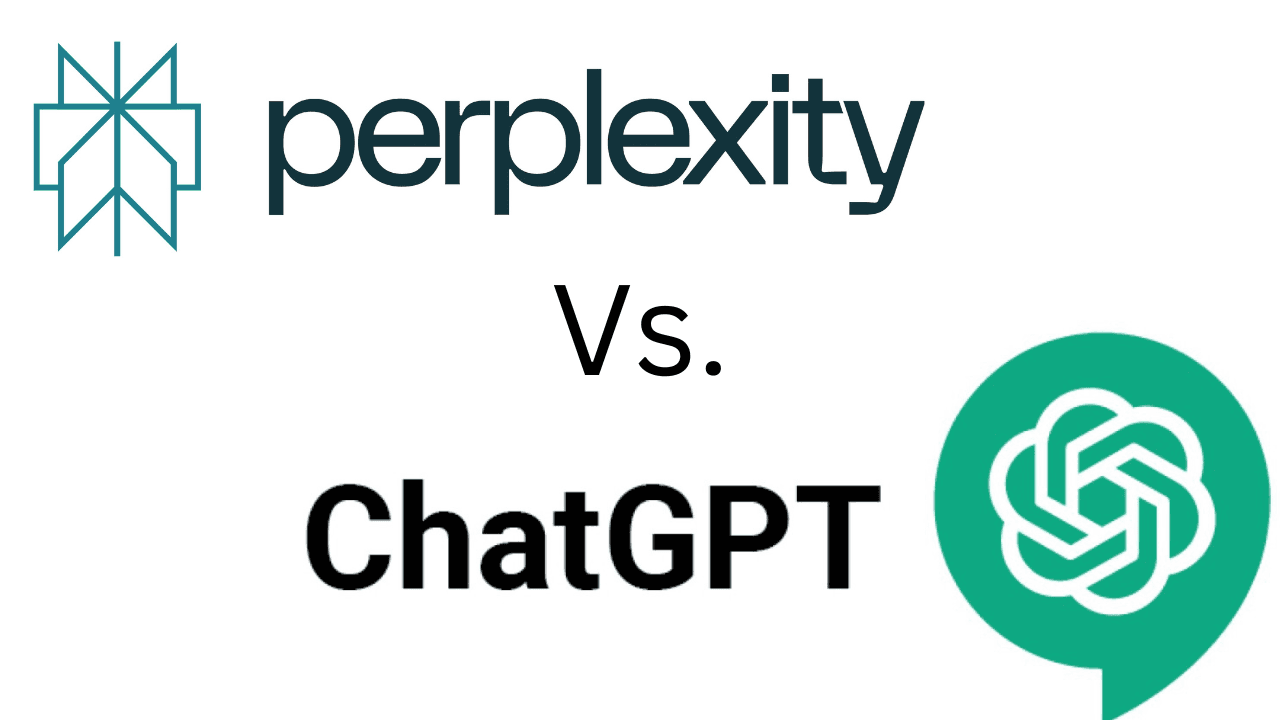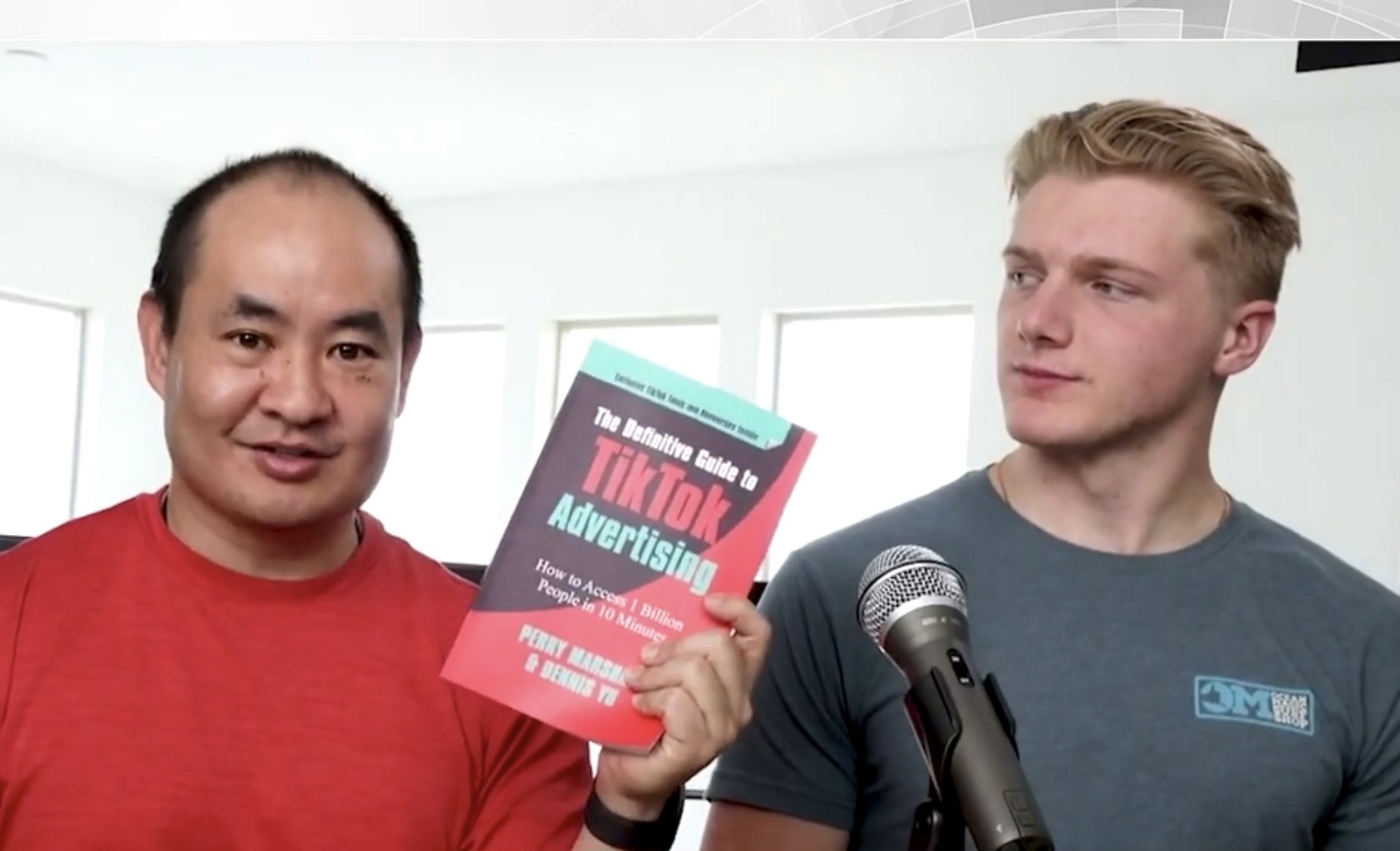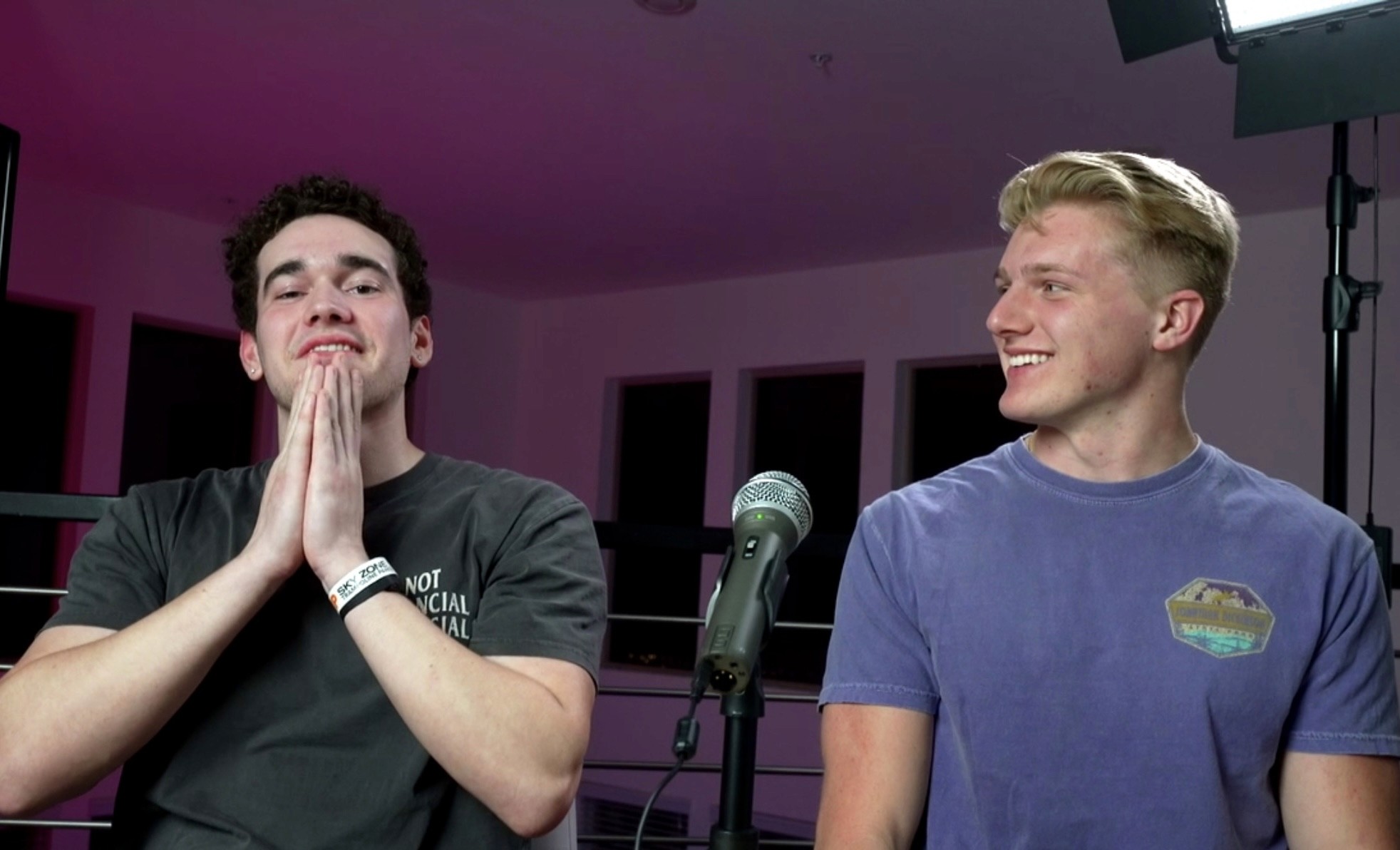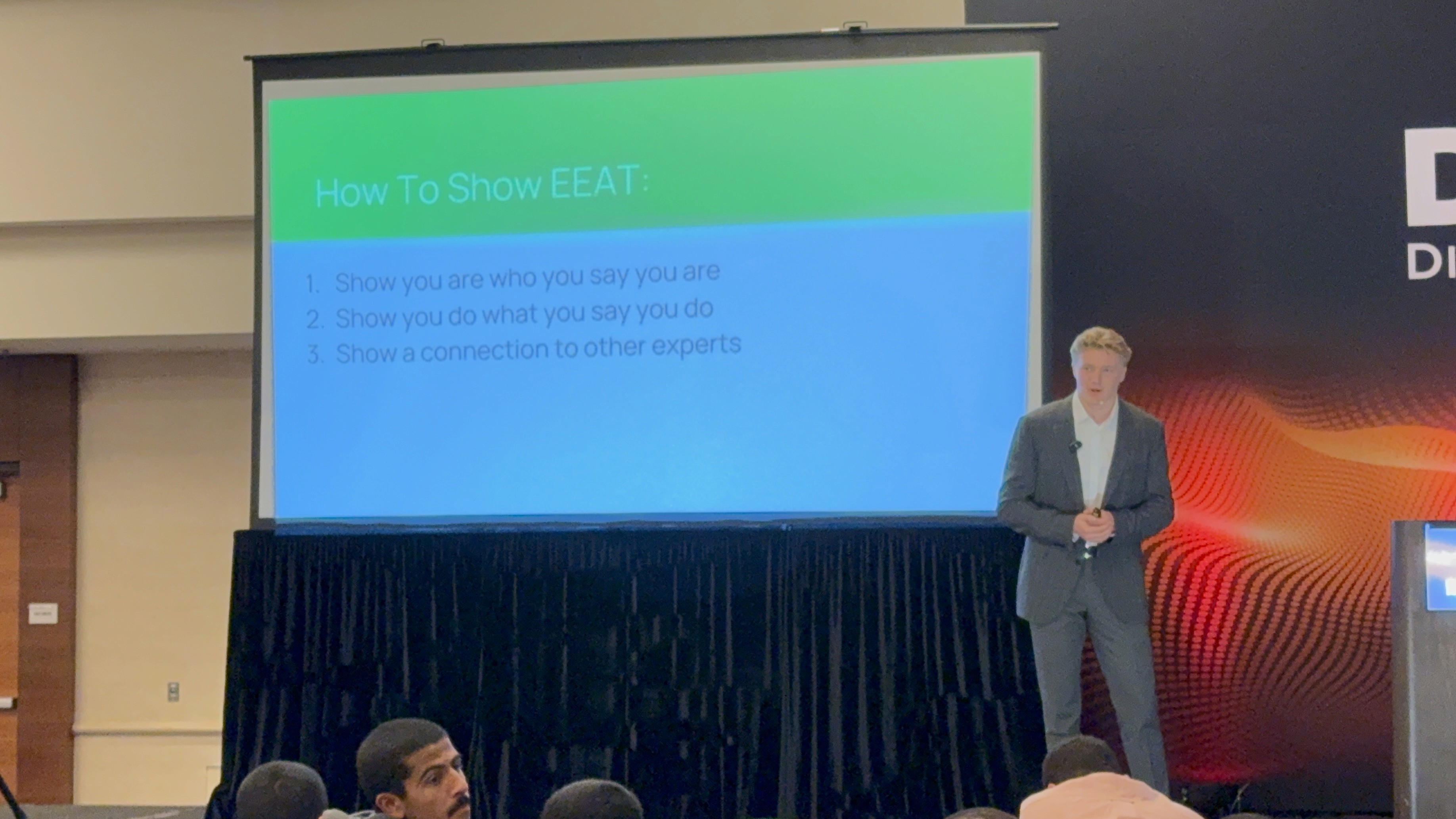Strategy
Dennis Yu Taught Me His Dollar a Day Strategy
Aug 14, 2023
Dennis Yu taught me his famous “Dollar a Day” strategy, and it’s been a game-changer for my digital marketing campaigns. He’s used this strategy to run campaigns for big names like Nike, Red Bull, and The Golden State Warriors. The best part? It works for ANY business, including yours. Let's dive into how you can leverage this powerful technique to optimize your advertising efforts.
/ / / / / / / /
What is the "Dollar a Day" Strategy?
Before you get too excited, let me clarify: “Dollar a Day” isn't exactly as good as it sounds in terms of spending. You won’t spend just a dollar a day on your advertising campaign and achieve massive results. However, you will see some results, and that’s the beauty of it. The essence of the “Dollar a Day” strategy is to test what works on a small scale before scaling up.
Why Only a Dollar?
You might be wondering, “But it’s only a dollar a day, that’s like nothing?” Exactly! The whole point of the "Dollar a Day" strategy is to test your ads with minimal investment. It’s a cost-effective way to identify which ads resonate with your audience without burning through your budget.
Imagine you put out 10 different ads. Statistically speaking, about 1 out of those 10 ads will perform well. The amount of money you put in has no bearing on identifying your winning ad. This is why the “Dollar a Day” strategy is so ingenious. You test your ads at a micro-scale, so you know how they’d perform at the macro scale.
Implementing the "Dollar a Day" Strategy
Create Multiple Ads: Start by creating at least 10 different ads. Each ad should have a unique angle, message, or creative element to see which resonates best with your audience.
Set Your Budget: Allocate $1 per day for each ad. This minimal investment allows you to gather data without significant financial risk.
Monitor Engagement: The key indicator of performance is the engagement rate. An engagement rate of 10% or higher is a strong signal that your ad is resonating with your audience.
Scale Up Successful Ads: Once you identify ads with high engagement, gradually increase the budget. Start with $5 a day, then $10 a day, and continue scaling up to $100+ per day based on performance.
Test for a Week: Run each ad for one full week before deciding to continue or kill it. This gives you enough data to make an informed decision.
Continuous Testing: Always be testing new ads. Even successful ads will eventually decline in performance, so keep the cycle going with fresh creatives.
Why Engagement Rate Matters
Engagement rate is the primary metric to watch. High engagement indicates that your audience finds the content valuable and relevant. If an ad achieves a 10%+ engagement rate, keep boosting it. If not, let it die and move on to the next one.
Platforms to Use
The “Dollar a Day” strategy works on any platform. Whether you’re advertising on Facebook, Instagram, TikTok, LinkedIn, or Google Ads, this strategy is versatile and effective. Adapt your creatives to fit the platform, but the underlying principles remain the same.
In-Depth Learning
Obviously, this is a high-level overview of the “Dollar a Day” strategy. For a more detailed explanation, I highly recommend Dennis Yu’s book, “The Definitive Guide To TikTok Advertising.” It’s packed with insights and practical tips that go beyond just TikTok and can be applied across various platforms.
Conclusion
Big shout out to Dennis Yu for teaching me this game-changing strategy. The “Dollar a Day” approach has transformed how I run my campaigns, and I’m confident it can do the same for you. Start small, test continuously, and scale your winners.
Thanks for reading! I’d love to hear your thoughts and experiences with the “Dollar a Day” strategy. Drop your comments below ⬇
Latest
More Blogs By Danny Leibrandt
Get the latest insights on business, digital marketing, and entrepreneurship from Danny Leibrandt.

























